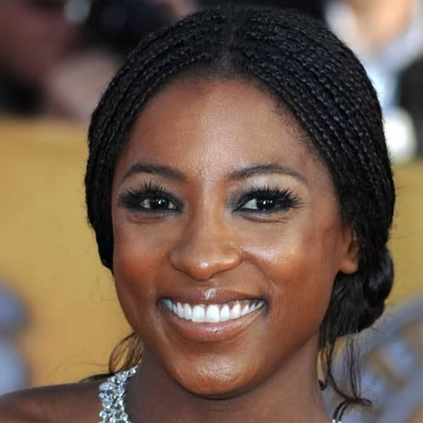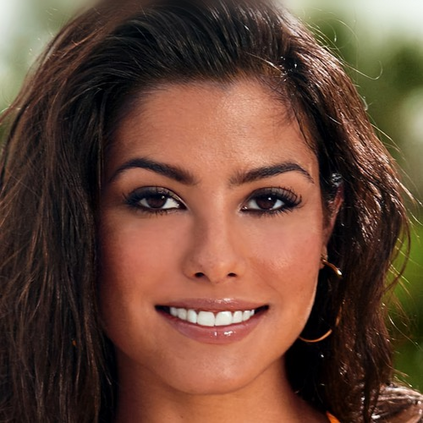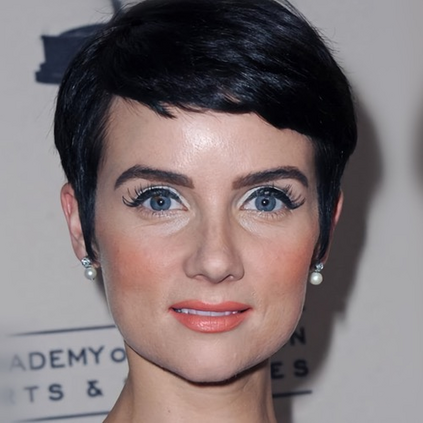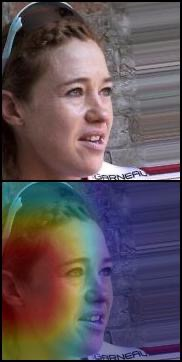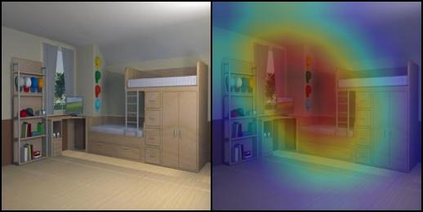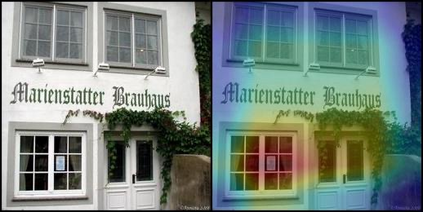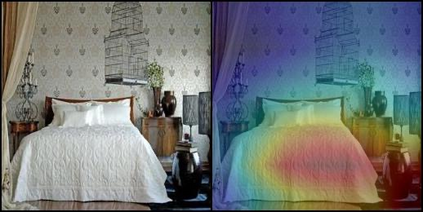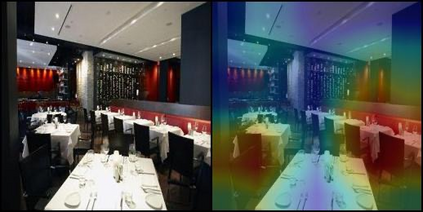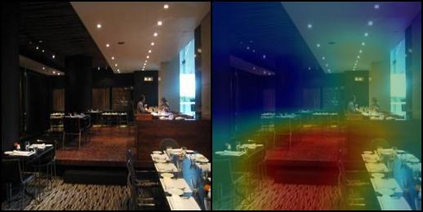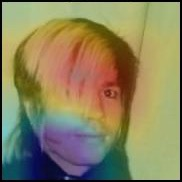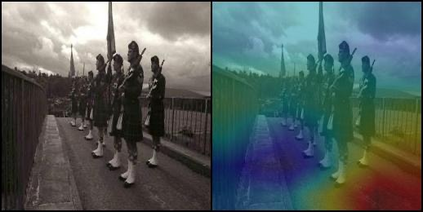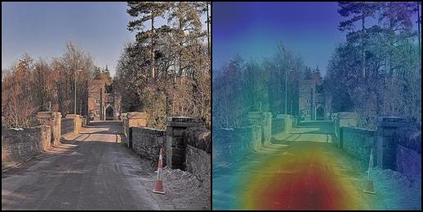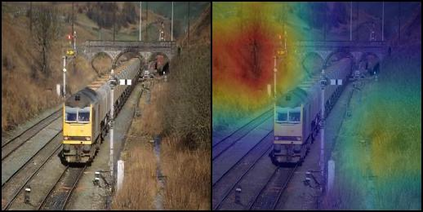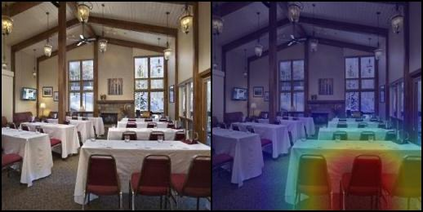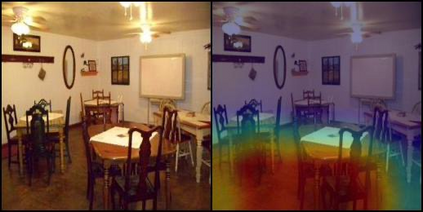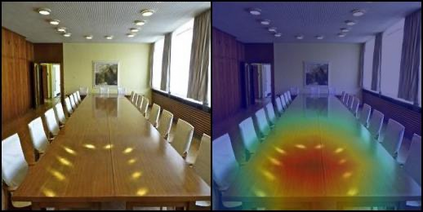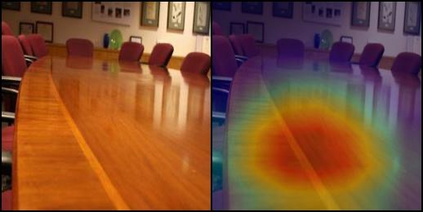Deep image classifiers have been found to learn biases from datasets. To mitigate the biases, most previous methods require labels of protected attributes (e.g., age, skin tone) as full-supervision, which has two limitations: 1) it is infeasible when the labels are unavailable; 2) they are incapable of mitigating unknown biases -- biases that humans do not preconceive. To resolve those problems, we propose Debiasing Alternate Networks (DebiAN), which comprises two networks -- a Discoverer and a Classifier. By training in an alternate manner, the discoverer tries to find multiple unknown biases of the classifier without any annotations of biases, and the classifier aims at unlearning the biases identified by the discoverer. While previous works evaluate debiasing results in terms of a single bias, we create Multi-Color MNIST dataset to better benchmark mitigation of multiple biases in a multi-bias setting, which not only reveals the problems in previous methods but also demonstrates the advantage of DebiAN in identifying and mitigating multiple biases simultaneously. We further conduct extensive experiments on real-world datasets, showing that the discoverer in DebiAN can identify unknown biases that may be hard to be found by humans. Regarding debiasing, DebiAN achieves strong bias mitigation performance.
翻译:为了减轻偏差,大多数先前的方法要求将受保护的属性(如年龄、肤色)标记为完全监督的标签(如年龄、肤色等),这有两个限制:(1) 当标签不存在时,这种标签是不可行的;(2) 它们无法减轻未知的偏见 -- -- 人类并不先入为主的偏见。 为了解决这些问题,我们提议降低对替代网络(DebiAN)的偏向性,它由两个网络组成 -- -- 发现者和分类者。通过以另一种方式进行培训,发现者试图找到分类者的多重未知偏见,而没有任何偏见说明,而分类者的目的是不学习发现者所发现的偏见。虽然先前的工作用单一的偏差评价偏差结果,但我们创建了多色色多色多色多色多色多色多色多色多色多色多色多色多色多色多色多色多色多色多色多色多色多网(Debian)数据集,这不仅揭示了以往方法中的问题,而且还展示了DebiAN在识别和减轻多重偏差方面的优势。我们在现实世界数据中进行广泛的实验,我们进一步进行广泛的实验, 学习发现不偏差不偏差。






